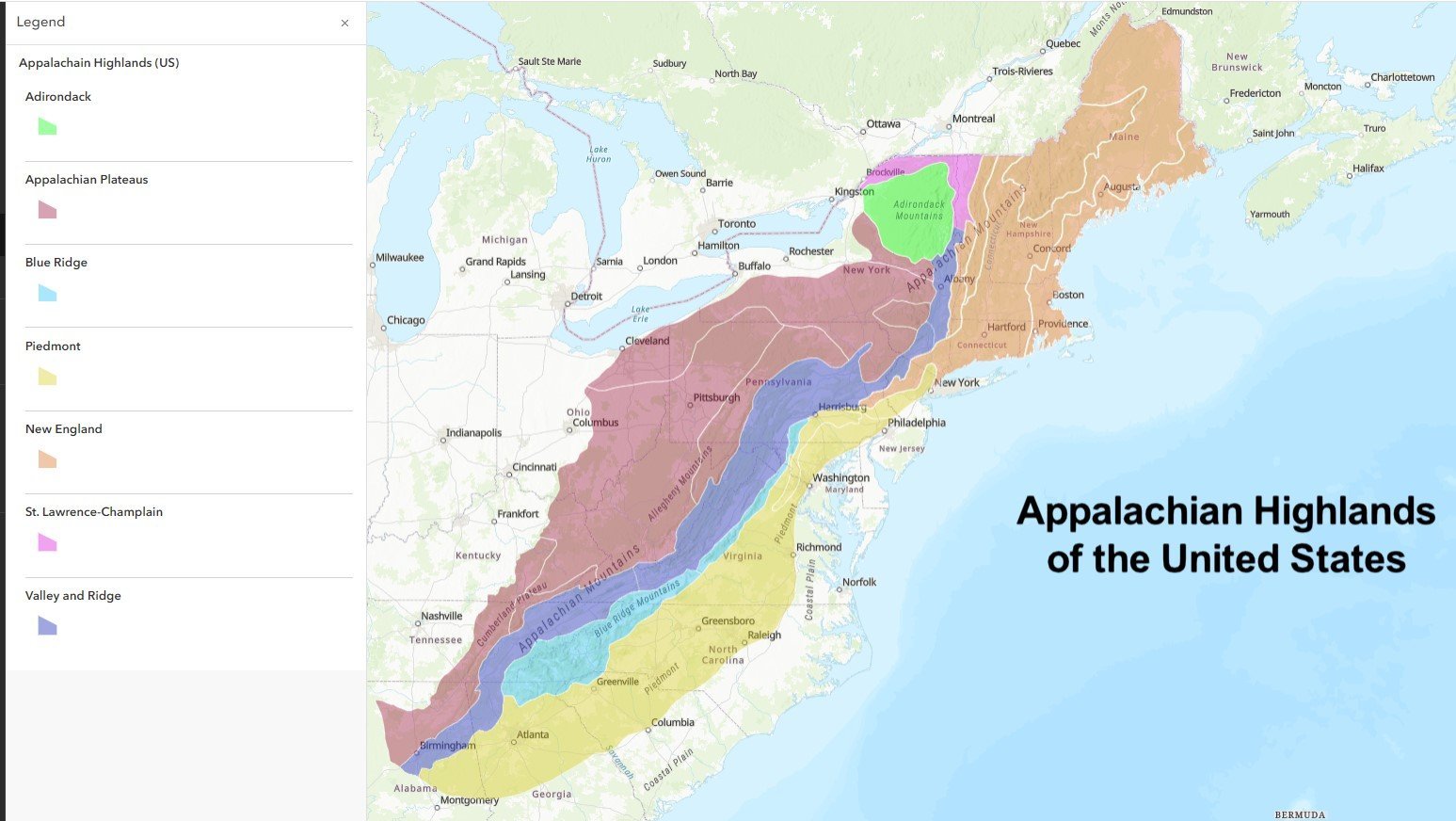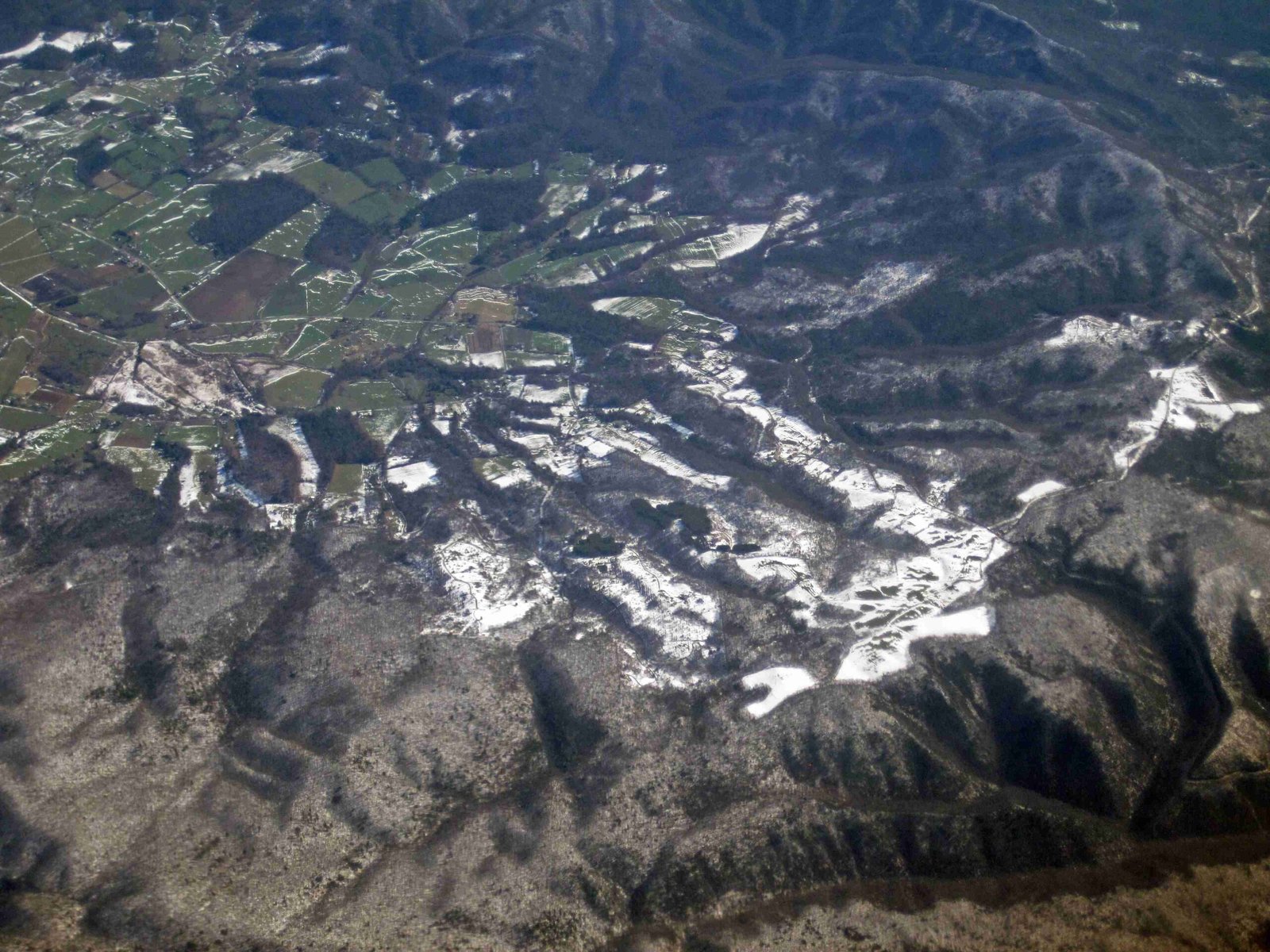The Appalachian Mountains offer an extraordinary playground for aerial enthusiasts, featuring diverse terrain and unique wind conditions that make air sports an exhilarating experience. From Pennsylvania’s ridges to North Carolina’s elevated launch sites, these mountains provide unparalleled opportunities for paragliding and hang gliding, attracting adventurers seeking breathtaking aerial perspectives and challenging flight conditions.
What Makes Appalachian Air Sports Unique?

Appalachian air sports represent a specialized form of aerial recreation that leverages the region’s complex topographical features. The mountain ranges create exceptional thermal currents and ridge lift, enabling pilots to explore extraordinary flying experiences.
Key Characteristics of Mountain Aerial Sports
| Feature | Description | Difficulty Level |
|---|---|---|
| Terrain Complexity | Varied mountain ridges | Advanced |
| Wind Dynamics | Complex thermal patterns | Intermediate to Expert |
| Launch Site Diversity | Multiple ridge and valley locations | Varied |
Where Can Pilots Explore Appalachian Air Sports?

Top Launch Locations
The Pulpit, Pennsylvania
- Location: McConnellsburg region
- Elevation: Ridge-edge launch
- Wind Direction: West-facing
- Pilot Skill Level: Intermediate to Advanced
Grandfather Mountain Area, North Carolina
- Location: Near Boone, North Carolina
- Elevation: Approximately 5,964 feet
- Unique Features: Historical flying site with complex aerial conditions
What Equipment Do Pilots Need?
Essential equipment for Appalachian air sports includes:
– High-quality hang glider or paraglider
– Safety helmet
– Communication radio
– Appropriate safety harness
– Weather-appropriate clothing
– GPS navigation device
How to Prepare for Mountain Aerial Adventures?
Certification Requirements
- USHPA membership
- Minimum H3 or P3 rating
- Comprehensive site-specific training
- Understanding local weather patterns
Safety Considerations for Mountain Flying
Critical Weather Factors
- Wind speed limitations (typically under 15 km/h)
- Seasonal flying windows
- Temperature and thermal development
- Ridge and valley wind interactions
What Are the Best Seasons for Appalachian Air Sports?
| Season | Flying Conditions | Recommended Activities |
|---|---|---|
| Spring | Moderate thermals | Training and practice |
| Fall | Stable wind patterns | Cross-country flights |
| Summer | Strong thermal development | Advanced maneuvers |
| Winter | Limited flying opportunities | Skill maintenance |
How to Get Started?
Recommended Steps
- Join local flying clubs
- Take professional training courses
- Attend mountain flying workshops
- Practice ground handling techniques
- Gradually progress through skill levels
Cost Considerations
- Tandem Flight: $100 – $300
- Equipment Investment: $3,000 – $8,000
- Training Courses: $500 – $2,000
- Annual USHPA Membership: $75 – $150
Expert Tips for Mountain Aerial Success
- Always check local site regulations
- Prioritize safety over adventure
- Invest in continuous skill development
- Understand microclimate dynamics
- Maintain physical fitness
Reference:
– USHPA Official Website
– Thermal Valley Flying School
– Appalachian Mountain Club

